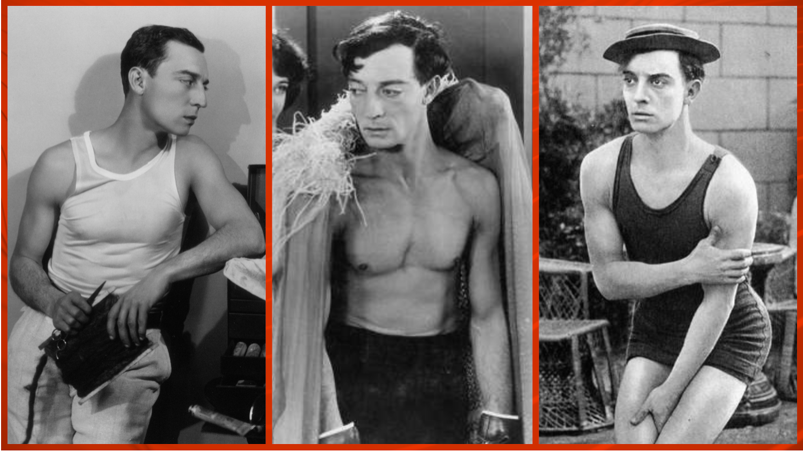
Today, October 4, marks what would be the 128th birthday of Buster Keaton, silver screen star of the silent film era and—at 5’5″—Hollywood’s original short king.
Although he’s over a century-and-a-quarter old, the gays are still thirsting over the envelope-pushing actor-filmmaker to this day. And it’s not hard to see why…
For starters, that face? Why, it belongs on a movie screen! While not conventionally rugged or masculine, Keaton’s visage was angular and alluring, with a sort of soft beauty that some view as rather androgynous.
And that body-ody-ody—don’t get us started. Look, when you’re continually putting your life on the line for show-stopping daredevil stunts, you’ve got to be in peak physical condition. Don’t let his small frame fool you; Keaton was ripped!
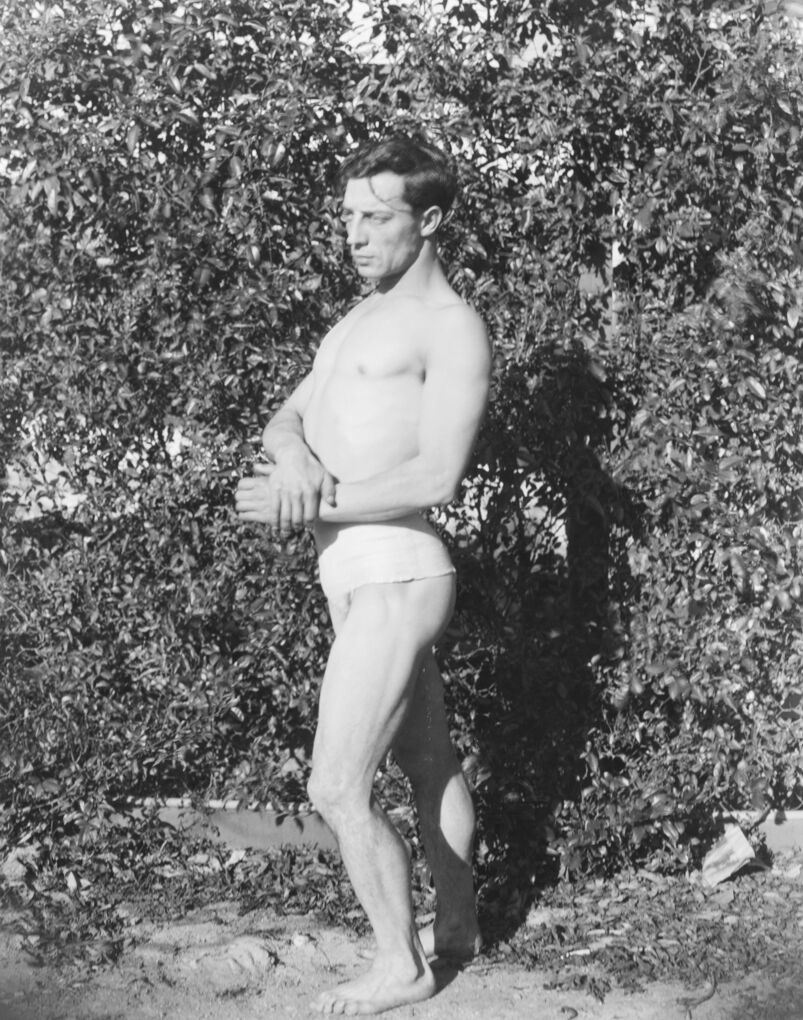
Oh, and did we mention he was caked up, too?
But even beyond the thirst, there’s something about Keaton that’s long appealed to queer audiences—we just have to dig a little bit deeper to unpack it.
Originally from Kansas, Keaton was born into a vaudeville family and began performing with them at theaters across the country at the age of three. The show frequently featured the young star tumbling all around the stage, performing jaw-dropping feats of physical comedy—all while rarely incurring an injury.
(Born Joseph Frank Keaton, it’s said he earned the nickname “Buster” when, at just 18 months old, he apparently fell down a flight of stairs without a single bruise or scratch.)
Related:
From Roman emperors to rowdy cowboys, Hollywood’s depiction of masculinity has always been, well, pretty gay
Hollywood has always been flush with queer artists, both behind and in front of the camera, telling stories that have simmered with subliminal same-sex desire, particularly between men who are meant to represent masculine ideals.
After the family act proved to be a success—and courted a number of child abuse controversies—Keaton grew fascinated by the emerging art of film in his 20s. He brought his sense of comic timing and derring-do to the screen with great success, and is best remembered for the films he wrote, directed, and starred in himself, like Sherlock, Jr., The General, and The Cameraman.
He’s been hailed as one of the greatest directors of all time, and is often spoken of in the same breath as Charlie Chaplin as one of the defining artists of the silent film era. (Though, unlike his contemporary, Keaton’s much less problematic.)
Even if you’ve never seen a Keaton film, surely you’re familiar with some of his technically impressive set pieces, most of which will still leave you wondering how he possibly could’ve pulled them off.
More focused on laughs and shocks, many of his film’s plots were admittedly threadbare, largely concerned with Keaton’s characters winning the affections of a thinly-sketched woman. Most other men that appeared in these stories were viewed as romantic rivals—bigger, badder, tougher guys he’d have to use his cunning to best if he ever wanted to woo his crush.
But within that fairly rigid, heterosexual framework, Keaton was often playing someone more achievable, more relatable: The fumbling underdog, a collegiate geek, a dandy with refined tastes, an artist, a failed cowboy, an everyman deemed too weak to join the army.
It’s through these roles that queer audiences (who were largely not out at the time, of course) were able to see themselves on screen—maybe for the first time—identifying with movie heroes who didn’t abide by traditional standards of macho-ness.
What we mean is: Gays loving Buster Keaton is nothing new—we’ve been stanning him since the beginning.
In honor of Keaton’s 128th birthday, scroll below for some of our favorite posts celebrating this cinematic trailblazer for the timeless hottie that he is:
Related:
This 1927 Best Picture winner is not-so-secretly a gay love story between two fighter pilots
Ocsar-winning ‘Wings’ features the first same-sex kiss in mainstream American cinema.

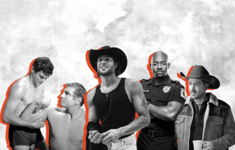
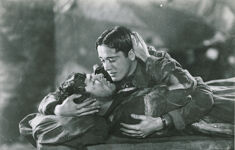
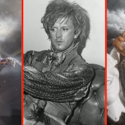

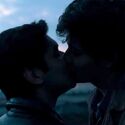
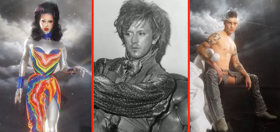
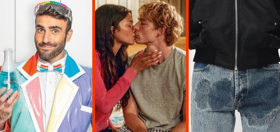
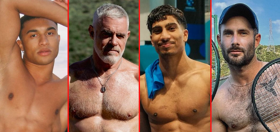
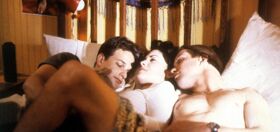
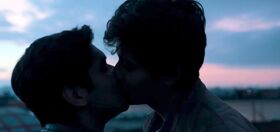
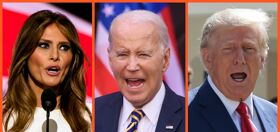


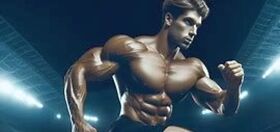

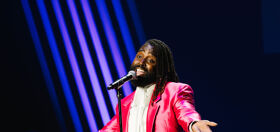
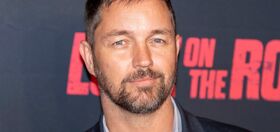
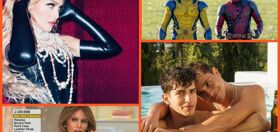
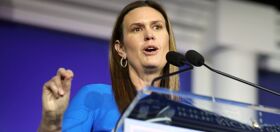
johncp56
Oh man even hotter that he was 5`5 and a stud muffin, really good looking was he bi
Herman75
Steamboat Bill Jr. excellent.
FreddieW
Well, no. I never thirsted after him because I’ve never watched silent films for entertainment. Except “The Artist”, in recent times.
Jim
just because The Artist didn’t have spoken dialogue it isn’t really a silent movie per se.
FreddieW
Well yes, they do talk at the end. I only liked that movie because Missi Pyle was in it.
ducdebrabant
THANK you. I have ALWAYS said that Keaton is SO beautiful.
In THE CAMERAMAN, the only ways to make him look like a nebbish in a scene where he wears a bathing suit are (a.) to make the suit overlarge and baggy, and (b.) to surround him with Richard Arlenish standard male beauties, “bullies of the beach” types.
And it still doesn’t work. You can’t take your eyes off Keaton. It’s one of the most hypnotizing faces ever, and his body is terrific too.
eeebee333
Big Buster Keaton fan here. Nice article. Thanks.
barryaksarben
I was a child in love with old movies and then puberty and I saw Buster Keaton as a sexy man and had heard that Chaplin was hung like a mule so knew exactly why I loved the old movies
mateo
It’s not only that ripped body and gorgeous face (those eyes, especially!). When we finally got to hear Buster’s voice (in “Sunset Boulevard” and on various TV shows during the 1950s and ’60s), it turned out that he had a strong bass-baritone voice with a bourbon-tinged edge to it. An instant turn-on.
monty clift
Buster’s got back, front, and sides! Mmm